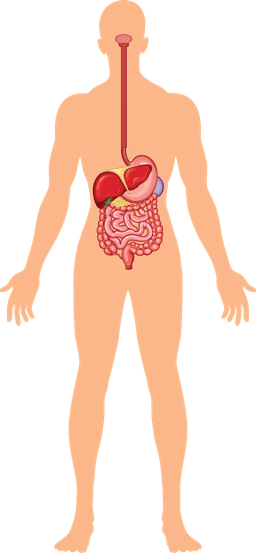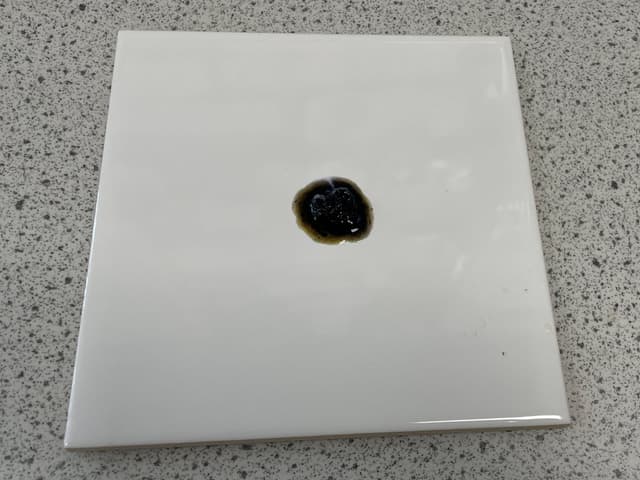Food tests: practical
I can carry out tests for nutrients and some of the substances they are broken down into.
Food tests: practical
I can carry out tests for nutrients and some of the substances they are broken down into.
These resources will be removed by end of Summer Term 2025.
Lesson details
Key learning points
- Chemical reagents can be used to test for large food molecules including protein, fat, and carbohydrates such as starch.
- Chemical reagents can be used to test for smaller food molecules, such as sugars from the breakdown of starch.
- Interpretation of qualitative food test results.
Keywords
Food test - A food test shows if a specific type of food is present in a sample.
Reagent - A reagent is a chemical used to test for a type of food.
Qualitative - A qualitative test is one that gives an indication of presence, but not an exact figure.
Quantitative - A quantitative test is one that gives a measurable, numerical, value.
Common misconception
Confusing the reagents and the substances they test for, or the results of the tests.
Each test is dealt with separately and the positive and negative results are discussed sequentially.
To help you plan your year 8 science lesson on: Food tests: practical, download all teaching resources for free and adapt to suit your pupils' needs...
To help you plan your year 8 science lesson on: Food tests: practical, download all teaching resources for free and adapt to suit your pupils' needs.
The starter quiz will activate and check your pupils' prior knowledge, with versions available both with and without answers in PDF format.
We use learning cycles to break down learning into key concepts or ideas linked to the learning outcome. Each learning cycle features explanations with checks for understanding and practice tasks with feedback. All of this is found in our slide decks, ready for you to download and edit. The practice tasks are also available as printable worksheets and some lessons have additional materials with extra material you might need for teaching the lesson.
The assessment exit quiz will test your pupils' understanding of the key learning points.
Our video is a tool for planning, showing how other teachers might teach the lesson, offering helpful tips, modelled explanations and inspiration for your own delivery in the classroom. Plus, you can set it as homework or revision for pupils and keep their learning on track by sharing an online pupil version of this lesson.
Explore more key stage 3 science lessons from the Human digestive system unit, dive into the full secondary science curriculum, or learn more about lesson planning.

Equipment
pestle & mortar, distilled water, white tile, iodine & Benedict's solutions, boiling tube water bath
Content guidance
- Risk assessment required - equipment
Supervision
Adult supervision required
Licence
Starter quiz
6 Questions
Fish
Butter
Potato

Amino acids
Glycerol and fatty acids
Sugars
Exit quiz
6 Questions
the iodine will turn blue/black in colour.
the iodine will stay red/brown in colour.
the Benedict's solution will change colour.
the Benedict's solution will stay blue.




